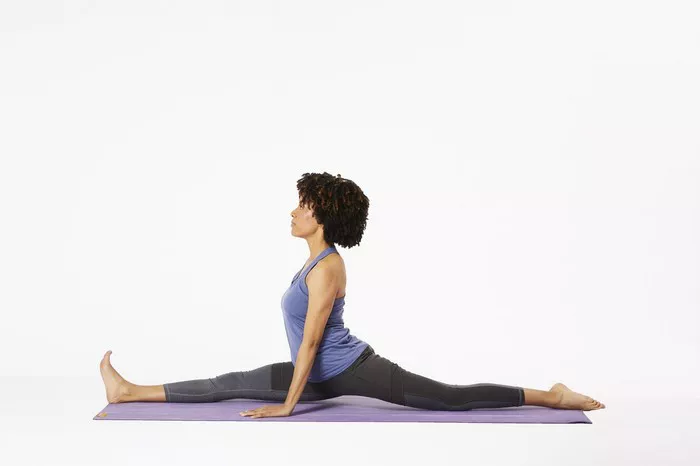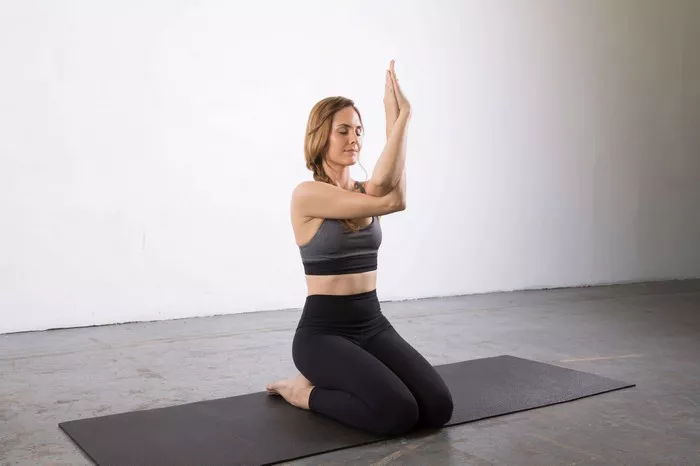Yoga Nidra has become an increasingly popular practice in the modern world, particularly for those seeking profound relaxation and better sleep. Often referred to as “yogic sleep,” Yoga Nidra is a powerful meditation technique that guides the practitioner into a state of deep relaxation while maintaining consciousness. This unique practice is ideal for anyone suffering from insomnia, stress, or simply seeking to enhance their overall sleep quality.
In this article, we’ll explore the benefits of Yoga Nidra for sleep, how the practice works, its connection to sleep meditation, and tips on how to incorporate it into your nightly routine for better rest and relaxation.
What Is Yoga Nidra?
Yoga Nidra is a form of guided meditation that helps to relax the mind and body. While the word “nidra” means “sleep” in Sanskrit, Yoga Nidra is not about falling asleep. Instead, it’s about reaching a state of conscious relaxation that resembles the deepest stages of sleep. During the practice, you are lying down in a comfortable position (often in Savasana, or corpse pose) and guided through various stages of awareness by a teacher or an audio recording.
Unlike traditional meditation, where you remain seated and awake, Yoga Nidra takes you into a state between wakefulness and sleep, known as the hypnagogic state. In this state, your brainwaves slow down, similar to what happens during deep sleep, but you remain conscious. It’s this unique state of relaxation that makes Yoga Nidra so effective for improving sleep and reducing stress.
The Benefits of Yoga Nidra for Sleep
One of the primary reasons people turn to Yoga Nidra is to improve sleep quality. Whether you struggle with falling asleep, staying asleep, or waking up feeling refreshed, Yoga Nidra offers a natural solution to these common sleep issues.
Reduces Stress and Anxiety: Stress is a leading cause of sleep disturbances, and Yoga Nidra is a proven method to calm the nervous system. By activating the parasympathetic nervous system (the “rest and digest” response), Yoga Nidra helps reduce cortisol levels, lower heart rate, and release tension from the body, allowing for a more restful night’s sleep.
Helps Overcome Insomnia: Studies have shown that Yoga Nidra can be a powerful tool for overcoming insomnia. The practice encourages deep relaxation and mental clarity, helping the mind release obsessive thoughts and worries that often prevent sleep.
Improves Sleep Quality: While Yoga Nidra may not replace traditional sleep, it can enhance its quality. Practicing this form of meditation can help you enter the deep, restorative phases of sleep (such as slow-wave sleep) more easily. This deep rest can leave you feeling more rejuvenated, even if you don’t increase the number of hours you sleep.
Balances Hormones: Regular practice of Yoga Nidra can also help balance hormones, including melatonin, the hormone responsible for regulating the sleep-wake cycle. When melatonin production is balanced, falling asleep becomes easier, and the overall quality of sleep improves.
Improves Mental Clarity: While Yoga Nidra relaxes the body and promotes better sleep, it also works on the subconscious mind. By entering a deep meditative state, the practice can help process unresolved emotions, reduce mental clutter, and promote a sense of clarity and calm.
See also: 6 Best Prenatal Yoga Poses for Better Sleep
How Does Yoga Nidra Work for Sleep
The practice of Yoga Nidra typically involves guided instructions that lead you through different stages of relaxation. These stages help calm the mind and relax the body, making it easier to fall asleep.
1. Intention Setting (Sankalpa)
Yoga Nidra usually begins with an intention or Sankalpa. This is a short, positive affirmation that aligns with your deeper desires or goals. It might be something like, “I am calm and at peace” or “I sleep deeply and restfully.” The Sankalpa is set at the beginning of the practice and revisited at the end, helping to reinforce the message at a deep subconscious level.
2. Body Scan (Rotation of Consciousness)
Next, the practitioner is guided through a body scan, also known as rotation of consciousness. This involves bringing awareness to different parts of the body, starting from the toes and moving up to the head. The purpose of the body scan is to release tension from each part of the body and bring your focus inward, quieting the mind and preparing it for deeper relaxation.
3. Breath Awareness
Once the body scan is complete, the focus shifts to the breath. You may be asked to observe the natural rhythm of your breath, or count your inhales and exhales. This simple act of breath awareness helps to slow down the heart rate, calm the nervous system, and guide the mind into a more relaxed state.
4. Visualization
In this stage, the teacher or guide might ask you to visualize a peaceful scene, such as a forest, beach, or place that makes you feel calm. Visualization helps to engage the mind’s creative faculties while further relaxing the body. By focusing on a serene image, the mind is gently distracted from any stressors or worries, making it easier to drift into a meditative state.
5. Sense Withdrawal (Pratyahara)
In traditional yoga, Pratyahara refers to the withdrawal of the senses. In Yoga Nidra, this occurs as you reach a state where external stimuli, such as sounds or sensations, no longer disturb your focus. Your awareness becomes more internal, and you move closer to a deep meditative state.
6. Entering Deep Rest
As you move through these stages, your body and mind gradually enter a state of deep rest. While you remain conscious, your brainwaves begin to mimic those of deep sleep (known as delta waves), giving your body the same restorative benefits as sleep. This deep rest allows your body to heal, rejuvenate, and reset.
Tips for Practicing Yoga Nidra for Sleep
If you’re new to Yoga Nidra, here are some tips to help you get started:
Create a Relaxing Environment: Choose a quiet, dimly lit space where you won’t be disturbed. You can use soft blankets, pillows, and eye masks to make yourself as comfortable as possible.
Use Guided Audio: Many people find it helpful to use a Yoga Nidra audio recording or app. These guided meditations will walk you through each stage of the practice, making it easier to relax and follow along.
Set an Intention: Begin your practice by setting a positive intention or Sankalpa. This helps align your mind with your goals, whether it’s improving your sleep or reducing stress.
Be Patient: If you find that your mind wanders during the practice, don’t worry. It’s natural for thoughts to arise, especially when you’re first starting. Gently bring your focus back to your breath or the teacher’s guidance.
Practice Regularly: Like any meditation practice, Yoga Nidra becomes more effective with regular use. Try incorporating it into your nightly routine, even if it’s just for 10 to 20 minutes.
Conclusion
Yoga Nidra is a powerful form of sleep meditation that can bring profound relaxation, reduce stress, and improve the quality of your sleep. By guiding you into a state of deep rest, Yoga Nidra helps to reset the mind and body, making it an ideal practice for anyone struggling with insomnia or stress-related sleep disturbances.
Whether you’re new to meditation or an experienced practitioner, adding Yoga Nidra to your nightly routine can have a transformative effect on your well-being. With its ability to promote relaxation, balance the nervous system, and enhance mental clarity, Yoga Nidra is a powerful tool for achieving restful, restorative sleep.
Related topics:























